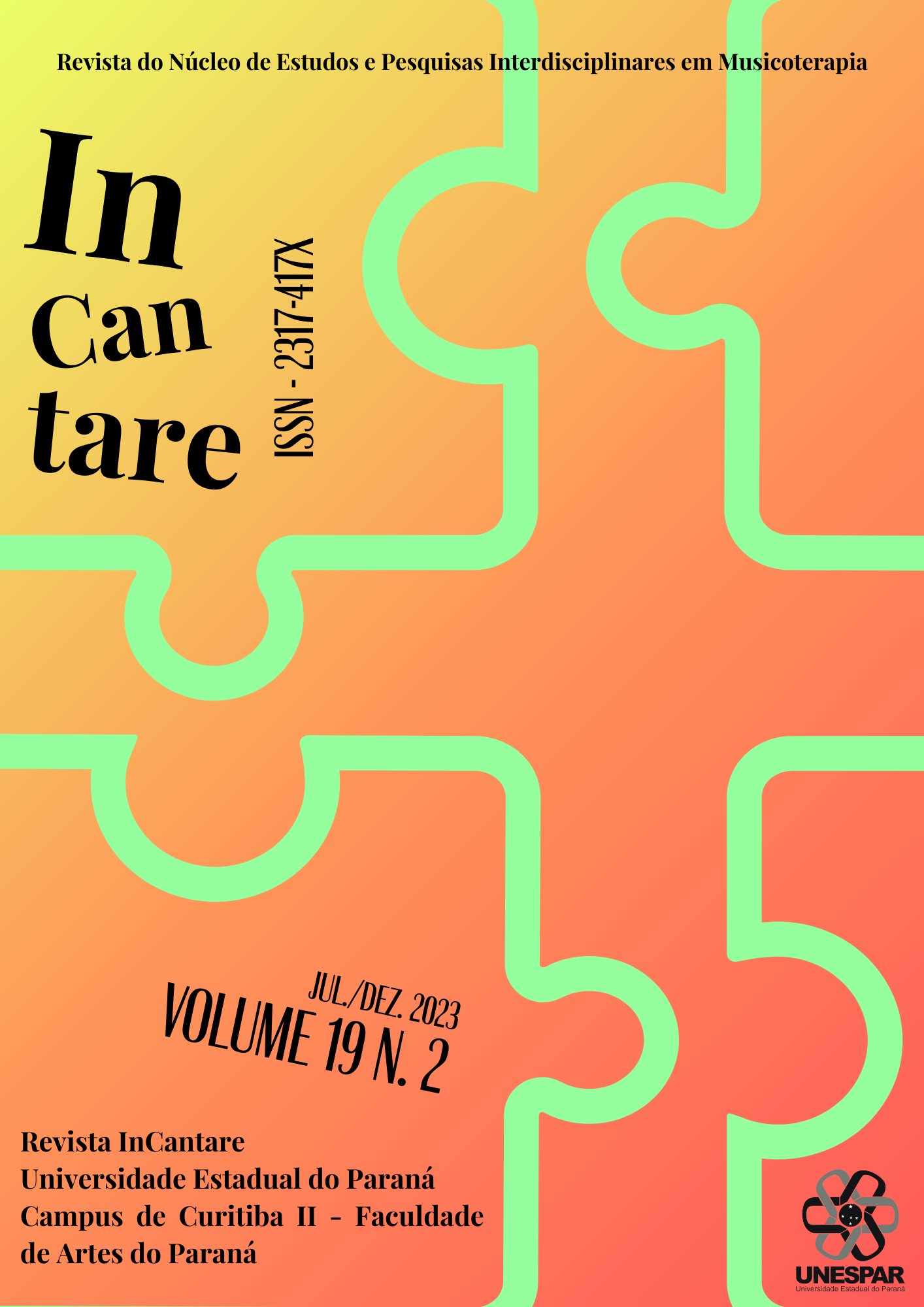VALIDATION OF THE SELF-ADMINISTERED VERSION OF THE BATUTA MUSIC PERCEPTION TEST
DOI:
https://doi.org/10.33871/2317417X.2023.19.2.9665Palabras clave:
Music, Hearing impairment, Validation, TestResumen
Purpose: To assess the reliability of the self-administered version of the BATUTA music perception test, designed to test musical perception in people with hearing impairment. Method: Participants with normal hearing who completed the BATUTA test in person, accompanied by a speech therapist, formed the in-person group (IPG). Participants who self-reported hearing and completed the online version of the test formed the self-administered group (SAG). The Kruskal-Wallis ANOVA test was applied, followed by the Dwass-Steel-Critchlow-Fligner (DSCF) pairwise comparison, to analyze the results for both groups across the rhythm, pitch, and timbre modules. Results: Comparing the IPG (n=51) and SAG (n=91) results showed a significant difference when the BATUTA’s timbre module was performed in its self-administered version using a mobile phone and no difference for the rhythm module in any test set. The pairwise comparison among headphones, speakers, computer’s integrated speakers, mobile phone speakers, and in-person (controlled conditions) yields a significant difference in the pitch and timbre modules when performed through mobile phone speakers. Conclusion: The use of computer sound ensures the reliable assessment of the rhythm, pitch, and timbre modules of the BATUTA, comparable to its in-person administration in a controlled test environment. The self-administered version of BATUTA is a reliable instrument for assessing the musical perception of individuals with hearing impairment.
Descargas
Descargas
Publicado
Cómo citar
Número
Sección
Licencia
Derechos de autor 2024 InCantare

Esta obra está bajo una licencia internacional Creative Commons Atribución 4.0.
A Revista InCantare adota acesso aberto e o copyright dos artigos e da entrevista pertence aos respectivos autores/entrevistados com cessão de direitos para a Revista InCantare no que diz respeito à inclusão do material publicado (revisado por pares/postprint) em sistemas/ferramentas de indexação, agregadores ou curadores de conteúdo.
Os artigos publicados por esta Revista são de livre uso para compartilhar. É preciso dar o crédito apropriado, prover um link para a licença e indicar se mudanças foram realizadas.
A Revista InCantare não cobra qualquer tipo de taxa para submissão e/ou publicação de artigos.










